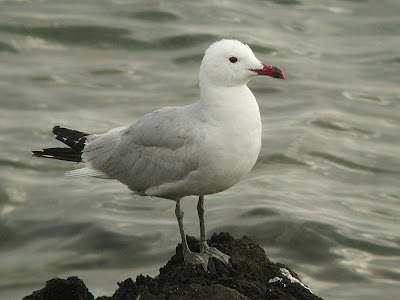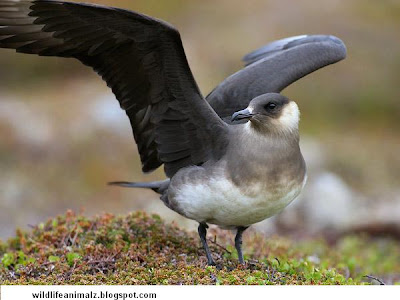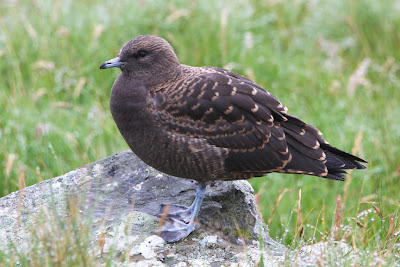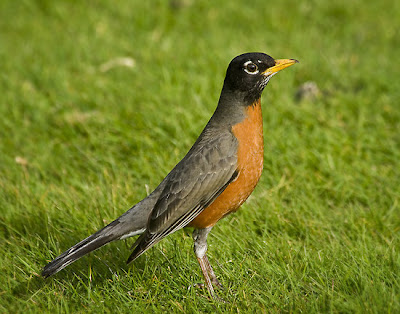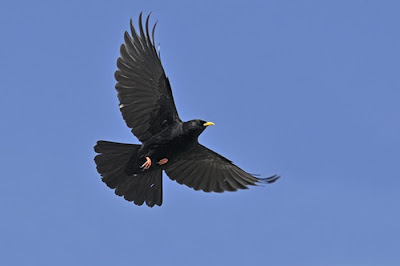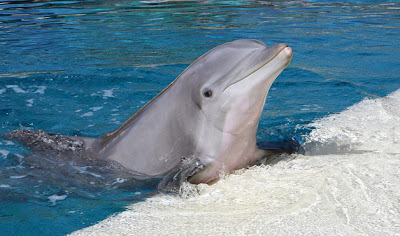 Audouin's Gull is a huge gull limited to the Mediterranean and the western coastline of Saharan Africa. It types on small islands colonially or only, resting 2-3 eggs on a floor nest. As is the situation with many gulls, it has typically been placed in the genus Larus.
Audouin's Gull is a huge gull limited to the Mediterranean and the western coastline of Saharan Africa. It types on small islands colonially or only, resting 2-3 eggs on a floor nest. As is the situation with many gulls, it has typically been placed in the genus Larus.
Audouin's Gull is not exceptional in Spain but is extremely localized in the Delta del Ebro, and the Islas Chafarinas out of a total population of 17,000 couples for the entire of Spain, about 90% of the world's inhabitants and is thus very susceptible.
Audouin's Gulls expend the summer nesting on separated stones and islands combined the northern coast of the Mediterranean. In August they scurry back again down to northern Africa. Often they depart in dribs and drabs, but if there occurs to be a northern gale spitting out at the right moment then they all go jointly. The nesting sites preferred by Audouin's gulls are also common with other gulls, and especially with the yellow-legged gull.
Audouin's Gull
Audouin's Gull Flying
Audouin's Gull New Photo
Audouin's Gull Cool Pic
Audouin's Gull
Audouin's Gull Best Shot
Audouin's Gull







